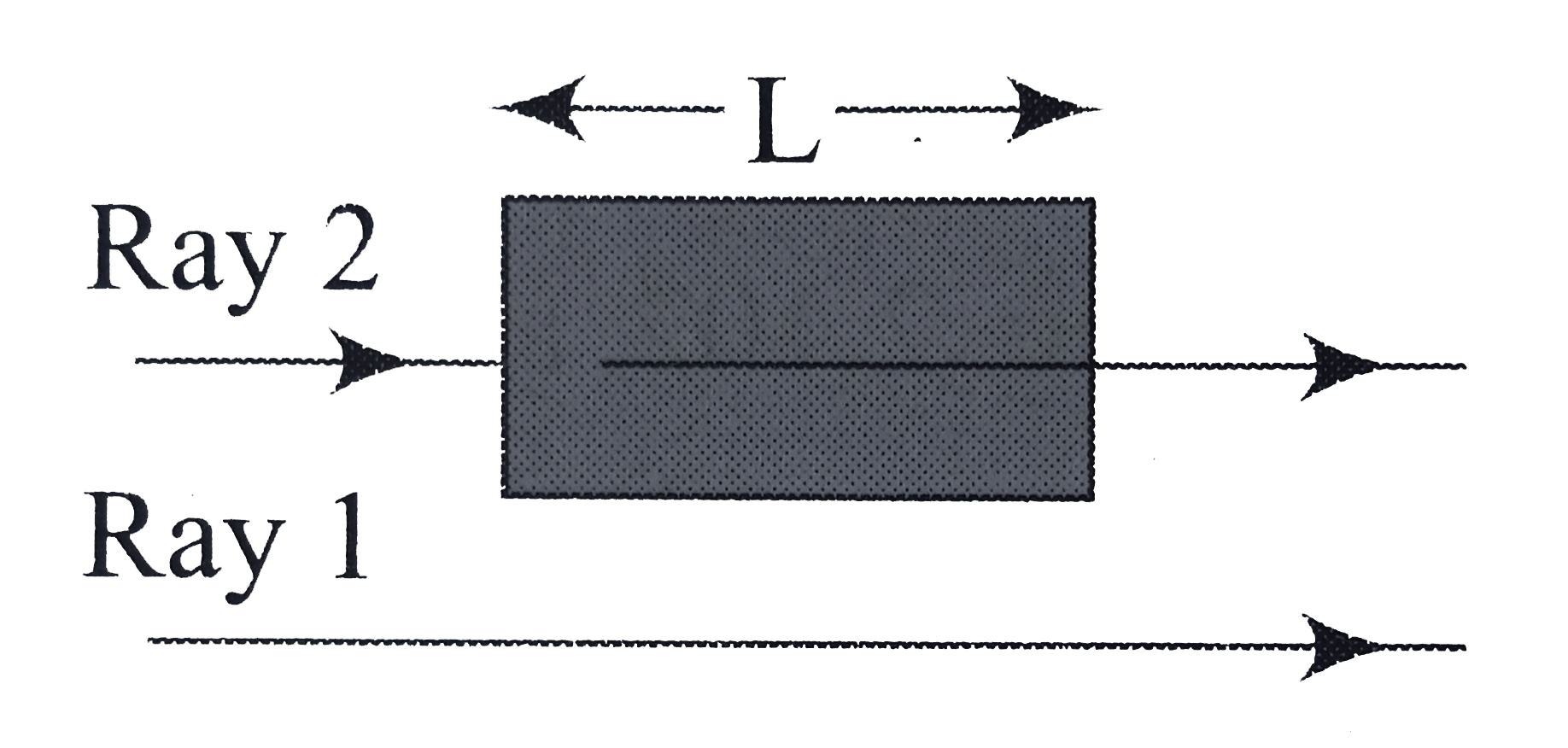Through which character we can distiguish the light waves from sound wavesSolution in Gujrati
Interference
refraction
polarisation
reflection
The correct Answer is:C
Step by step video & image solution for Through which character we can distiguish the light waves from sound waves by Physics experts to help you in doubts & scoring excellent marks in Class 12 exams.
Updated on:21/07/2023Topper's Solved these Questions
- WAVE OPTICSBOOK - ALLEN CHAPTER - WAVE OPTICSEXERCISE - Exercise 2 (Brain Teasures)
22 Videos
- WAVE OPTICSBOOK - ALLEN CHAPTER - WAVE OPTICSEXERCISE - Exercise 3 (Miscellaneous type Questions)
27 Videos
- WAVE OPTICSBOOK - ALLEN CHAPTER - WAVE OPTICSEXERCISE - Example 15
1 Videos
- UNIT & DIMENSIONS, BASIC MATHS AND VECTOR BOOK - ALLEN CHAPTER - UNIT & DIMENSIONS, BASIC MATHS AND VECTOR EXERCISE - Exercise (J-A)
7 Videos
Similar Questions
As shown in figure waves with identical wavelengths and amplitudes and which are intially in phase travel through difference media. Ray 1 travels through air and Ray 2 through a transparent medium for equal length L, in four different situations. Rays reach a common point on the screen. The number of wavelengths in length L is N2 for Ray 2 and N1 for Ray 1. In the following table, values of N1 and N2 are given for all four situations. The order or the situations according to the intensity of the light at the common point in descending order is Situations
1 2 3 4
N1 2.75 1.80 3.00 3.25
N2 2.75 2.80 3.25 4.00

View SolutionStatement-1: if white light is used in YDSE, then the central bright fringe will be white.
Statement-2: In case of white light used in YDSE all the wavelengths produce their zero order maxima at the same position.
View Solution_S01_033_Q01.png)
In a typical young's double slit experiment a point source of monochromatic light is kept as shown in the figure. If the source is given an instantaneous velocity v=1 mm per second towards the screen, then the instantaneous velocity of central maxima is given as α×10−βcm/s upward in scientific notation find the value of α+β
View SolutionMatch List I with List II and select the correct answer using the codes given below the lists :

View SolutionAssertion : Sound waves cannot propagate through vacuum but light waves can.
Reason: Sound waves cannot be polarised but light waves can.
View SolutionThrough which character we can distiguish the light waves from sound waves
View SolutionStatement 1: Sound waves can not propagate through vacuum but light waves can.
Statement 2: Sound wave can not be polarised but light waves can be.
View SolutionBoth sound and light waves can be propagated through
View Solutionप्रकाश तरंगें ध्रुवित की जा सकती हैं , ध्वनि तरंगें नहीं क्यों ?
View Solutionक्या ध्वनि तरंगें तथा प्रकाश तरंगें निर्वात में चल सकती है?
View SolutionAssertion : Sound wave cannot propagate through vacuum but light can.
Reason : Sound wave cannot be polarised but light can.
View SolutionAssertion : Sound wave cannot propagate through vacuum but light can.
Reasion : Sound wave cannot be polarised but light can.
View SolutionAssertion : Sound wave cannot propagate through vacuum but light can.
Reason : Sound wave cannot be polarised but light can.
View SolutionThrough which characteristic phenomenon we can distinguish the light waves from sound waves ?
View SolutionOn the basis of which properties the light wave can be separated from the sound wave.
View Solutionकिस गुण के आधार पर प्रकाश तरंग को ध्वनि तरंग से अलग किया जा सकता है :
View Solution
